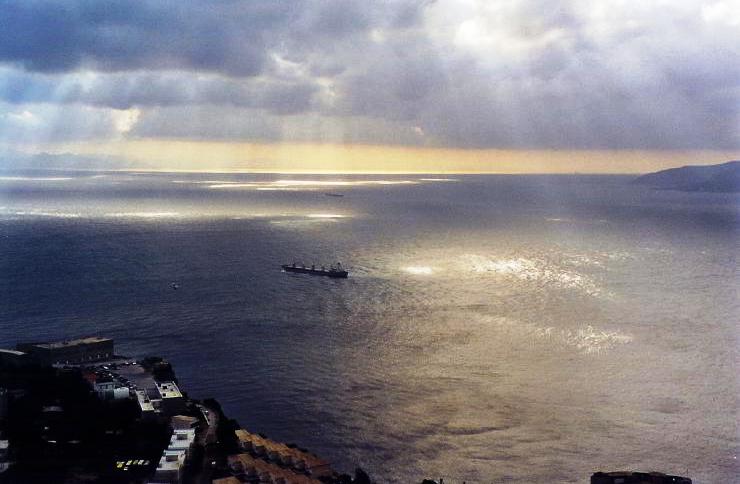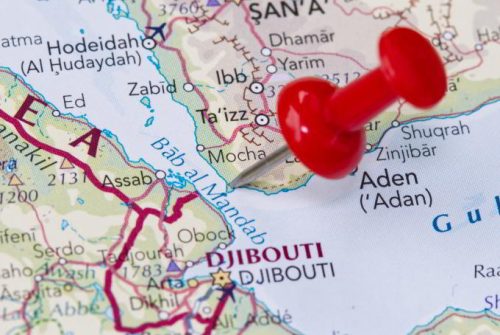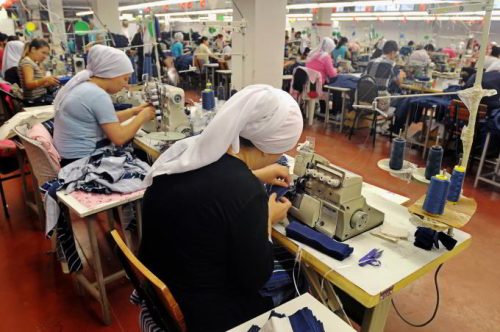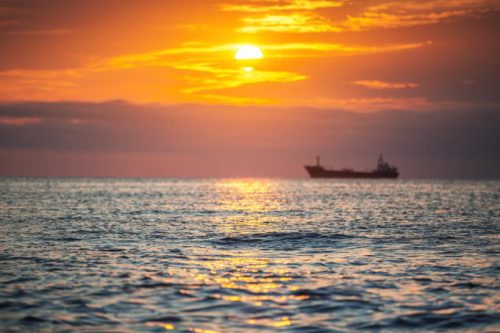The Mediterranean Sea. A Liquid Border.

In addition to the economic ferment connected to the opportunities of maritime and land trade, the Mediterranean is currently witnessing one of the most decisive games related to security, a factor that connects the economic and social interests of the entire planet.
In some countries – such as Israel and Palestine, Syria, Lebanon, Libya, Greece, Egypt, Turkey and Algeria – due to the geopolitical vacuum caused by the weakness of Europe and most of the countries in the area – the tensions of the major powers of the planet are discharged. From a geopolitical point of view, this makes the Basin a liquid border in which the instabilities that have exploded even thousands of kilometres from its coasts are interconnected.
An area in which the major world powers converge for obvious reasons of economic speculation and in which, particularly on the shores of North Africa and the Near East, the stability of some state actors is weakening in favour of non-state actors whose power is fuelled by the erosion of the sovereignty of weak and failed states.

The Red Sea Region, with Bab al Mandab Strait, is shown on the map. Shutterstock/Below the Sky
The careful observer cannot fail to notice that this instability constitutes a long arc of crisis that tends to keep separate the three large continental blocks, European-Asian and African, thus causing the Mediterranean to lose what could constitute the main function of this sea, that of unification. This situation strongly calls into question the basic unity built and shaped over the centuries that made this space a maritime region from which the contemporary Euro-Mediterranean also originates. What was brought about by the Cold War – which, on the contrary, had generated particular conditions of conservation for this microcosm – is happening with the reorganisation of global balances that, although external to the region, are acting in a de-structuring way on the balances of the area. This de-structuring is also dictated by the presence of external actors whose approach does not take into account the collateral or destabilizing effects of the medium-long term. This process has undergone a significant acceleration with the dramatic attack of 7 October 2023, carried out by Palestinian terrorist groups against the state of Israel. This has triggered the slow but inexorable extension of the conflict to other crisis areas, in a complex and fragmented mosaic in which different actors and interests are intertwined. A chaotic and incendiary context within which non-state actors emerge, such as the Yemeni Houthis, authors of targeted attacks with missiles and drones against Israeli and US military targets, but, above all, against ships and cargo in transit in the Red Sea.
An action that has produced a real logistical earthquake forcing the major shipping companies to give up intra-Mediterranean transit, passing through Bab-el Mandeb and Suez, for the circumnavigation of Africa through the Cape of Good Hope.

Istanbul. A group of women working in a textile factory. The damage caused by global shocks has increased the production specialisation of Albania, Turkey and Morocco in the textile, mechanical and agricultural sectors. 123rf
Among the effects of the Red Sea crisis is that of having given a further acceleration to the process of redefining globalization that had taken hold under the first Trump presidency, whose priority had been given to the restructuring of production chains. This reconfiguration, encouraged by the new US posture, could have repercussions on global structures, whereby large multinational companies – as is already partly happening – will tend to diversify supply chains, transferring them from China to new centres located on this side of the risk areas (Vietnam, Indonesia, Mexico and, with reference to the Mediterranean area, Turkey, Egypt and Tunisia), chosen to reduce the damage of future global shocks. Also included in this reorganization strategy, better known as de-risking, are the assembly lines reconfigured to avoid concentration in a single area, especially if affected by geopolitical risks. In fact, a strategic priority for many governments is to encourage and support companies in rethinking the location of their plants in order to safeguard value chains and national interests, by implementing a reshoring process.
This trend also affects the “Mare Nostrum” since the development of alternative and proximity maritime supply chains, to reduce the damage caused by global shocks, has increased the production specialisation
of Albania, Turkey and Morocco in the textile, mechanical
and agricultural sectors.

Sunrise over the Mediterranean Sea. Deep-sea shipping that benefits the Mediterranean economy could be diverted to the ports of the North Sea. 123rf
These are dynamics that, by strengthening cooperation in the “Mare Nostrum” for security and stability needs, translate into a nearshoring opportunity for companies that, by reducing production in Asia and increasing it in the Mediterranean, can take advantage of accessible production costs favoured by the SEZs (special economic zones) equipped with tax breaks and port infrastructures that are significantly strengthening. The strengthening of the “Mediterranean supply chain” is one of the reasons why, despite the Houthi attacks, the repercussions on the economy of the Basin have been rather limited. However, it is likely that, if the crisis were to drag on for a long time, the share of Deep-Sea Shipping that benefits the Mediterranean economy could be diverted to the ports of the North Sea, following the consolidation of the route passing through the Cape of Good Hope. (Open Photo: View of the Strait of Gibraltar opening into the Mediterranean Sea. Photo: Andreas Meck)
F.R.



